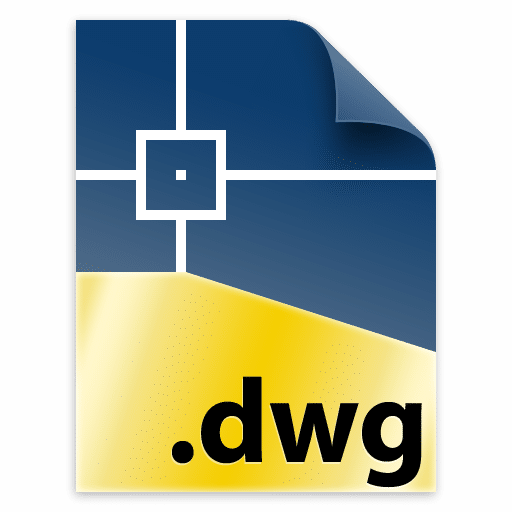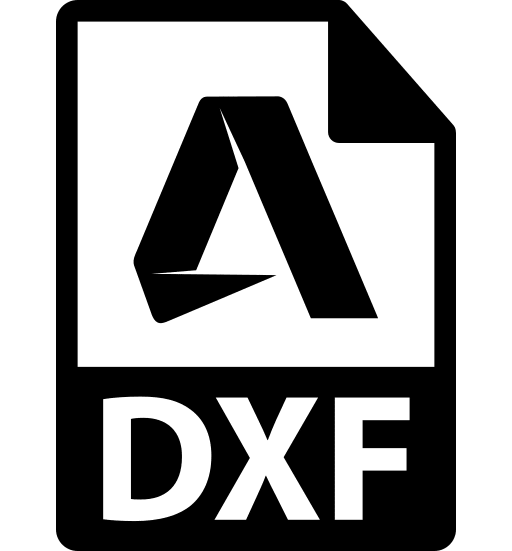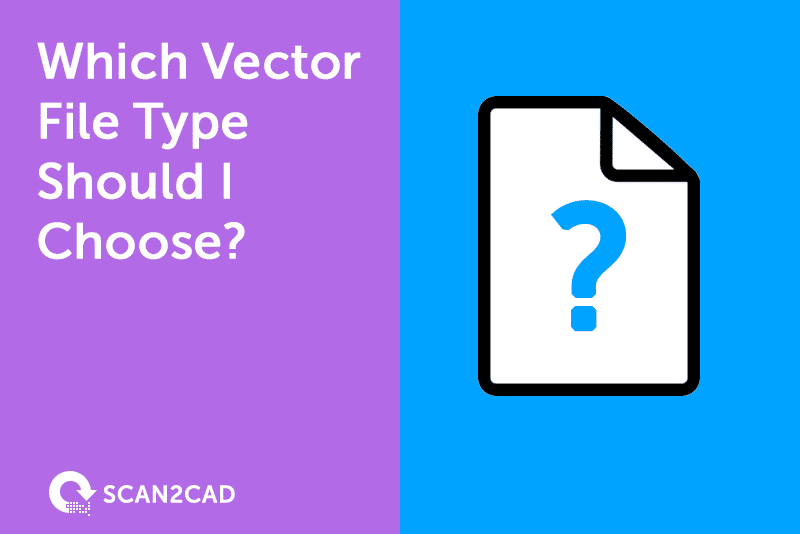The reasons to convert from raster to vector are obvious. Vector graphics are editable and scalable, and won’t lose quality. Once you’ve converted, however, there’s another choice to make: which vector file type should you choose? Though there are many vector graphics formats available, CAD users will be most familiar with DWG and DXF. Read on to find out more about their pros and cons, and when you should use each of them.
DWG
About DWG

DWG is a proprietary format, meaning that developers must have a licence to use the format in their software. This means that some CAD programs do not support DWG. It is not an open standard, and there is no public documentation of the format. DWG supports all standard vector entities, in addition to specialist AutoCAD entities, such as dynamic blocks. It is possible to use DWG for both 2D and 3D graphics. DWG file sizes are typically small, as the format is binary.
When should I use DWG?
DWG is most suitable for use with AutoCAD. As AutoCAD’s native file format, it has full support for its software-specific entity types. There are, however, other programs capable of opening DWG files.
If you work primarily or solely with AutoCAD, DWG is the best choice. This is especially true if your designs are in 3D or make use of software-specific vector entities. However, you should also think about fellow designers with whom you collaborate. If you do not need to share images with users of other CAD software, use DWG. Otherwise, consider DXF.
Pros




Cons



Learn more about DWG conversion by checking out our Ultimate Guides to converting JPEG, PNG and TIFF files.
DXF
About DXF

Because DXF is intended to be exchanged across a range of programs, it does not support some entity types specific to AutoCAD. This simplicity means that DXF is a suitable format for conversion to CNC code. However, it also means that for some purposes, DXF is becoming outdated. It does not support 3D graphics, and some programs cannot load DXF line widths. It is also made up of ASCII text, which is a less efficient way of storing data than binary. This means that DXF files are typically larger in size than DWGs.
When should I use DXF?
When converting from raster to vector, DXF is often a good choice. The entity types present in a vectorized image are typically quite simple, and are well-supported by DXF. Visit our overview to learn more about converting to DXF.
DXF is the perfect file format for collaboration. If you use a CAD program other than AutoCAD, or you work with designers who do, then DXF is the right choice. This is because, unlike DWG, DXF enjoys near-universal support across CAD software. Its simplicity also makes it a good choice for CNC applications.
For those who want to make use of AutoCAD’s dynamic blocks (and other specific entity types) should avoid DXF. It’s also worth noting that DXF doesn’t support 3D graphics and is larger in size than DWG.
Pros




Cons





Learn more about DXF conversion by checking out our Ultimate Guides to converting JPEG, PNG and TIFF files.
Which other vector file types should I be aware of?
DWG and DXF are the most common formats in the CAD industry, but they’re not the only vector file types around. In some situations, you may wish to use one of the following file types instead:
One of the most ubiquitous file formats on the planet, PDFs are used to store both raster and vector data. Users can open PDF files simply by downloading Adobe Reader – or simply view them in a web browser. Because of their near-universal support, CAD users will often use PDFs to send images of drafts and designs to other users. However, PDFs support only a limited range of vector entities, and they are not usually editable. In order to edit a PDF, you would first need to convert it to another vector format. To find out more, check out our Ultimate Guides to PDF-to-DXF and PDF-to-DWG Conversion.
DWF
If you’re thinking that this name seems a bit familiar to DWG or DXF, you’d be right. DWF, or Design Web Format, is another format from the Autodesk stable. With DWF, users can view, review, and print design information without knowledge of AutoCAD. As DWFs undergo a high degree of compression, they are also faster and smaller to open than other CAD formats. However, it is not normally possible to edit DWFs without conversion back to another CAD format.
SVG
Whether you’re a CAD pro or just starting out, you may already have encountered Scalable Vector Graphics. SVG is one of the most commonly-seen vector file formats online, and is used extensively on Wikipedia. This is because its small file size makes it a perfect choice for embedding in webpages. It’s also possible to scale an SVG to any size without losing image quality. Almost all browsers support it, so if you’re planning to use the image on the web, SVG is the way to go.
Scan2CAD supports all of these file types – and more. In fact, Scan2CAD supports no fewer than 33 different file types. Together with its image editing suite and OCR technology, it’s no wonder that Scan2CAD is the market leader in vectorization. Want to try it for yourself? Download our free trial and get unrestricted access to all of Scan2CAD’s features for 14 days.

